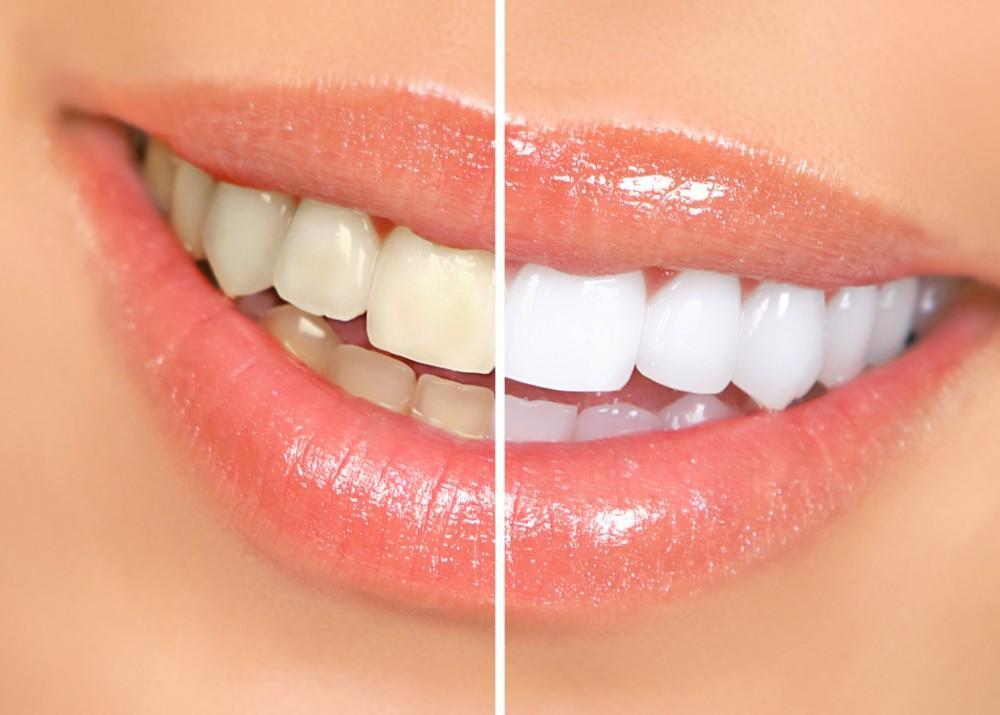
Microbial cells like bacteria form what is known as the human microbiome. Each person has 10 trillion to 100 trillion microbial cells, with high concentrations in the digestive system, like your mouth and stomach. Your mouth alone has over 700 different types of bacteria in it, regardless of how good your dental hygiene is.
As important as it is to brush and floss daily, you periodically need professional dental cleanings to help prevent bacteria and other microorganisms from harming your teeth. The two main types of dental cleanings are prophylaxis (regular cleaning) and periodontal scaling (deep cleaning). To understand which one you need, here’s a look at how dental cleanings work and how they differ.
If you live in the Fullerton, California area and are due for a cleaning or other dental services, Dr. Saeed Mokhayeri and Dr. Hengameh Safarcherati and the dedicated team at Arya Dental are here to help.
How dental cleanings work
Bacteria form plaque on your teeth, the film that forms over teeth and makes them feel fuzzy. Dental cleanings remove plaque and other harmful substances from teeth by scaling and polishing your teeth to remove materials regular brushing and flossing can miss.
Scalers are hand instruments that scrape plaque and tartar from teeth, and ultrasonic scalers do the same job using water jets to clear these substances. We polish your teeth using a soft rubber cup with paste or pumice to clean film from teeth without damaging the enamel that protects it.
Reasons to get a regular cleaning
Regular cleaning or dental prophylaxis works above the gum line to ensure your teeth are as bacteria-free as possible.
First, we check for cavities, gum disease, and oral cancer; then, we perform the scaling and polishing to treat the areas of teeth regular brushing can’t reach. We may also use fluoride treatments and sealants for kids to help prevent tooth decay.
Routine cleanings, along with normal dental hygiene, can work effectively to protect teeth. The frequency of these cleanings can vary; some people get them every six months, and others, every 12 months or longer, depending on the health of each patient’s teeth.
Reasons to get a deep cleaning
Deep cleanings address problems that reach below the gum line and affect the jawbone. They use gum scaling and root planing to remove bacterial buildup in the gums and reduce the space between teeth. The process is more involved than regular dental cleanings and can take two or more visits with two hours per visit. Local anesthetic alleviates discomfort, and gums may be sensitive for a few days after the treatment.
The primary difference between the two procedures is that a regular cleaning focuses on just the teeth, and a deep cleaning involves the gums, too.
When you’re ready to come in for a cleaning, make an appointment with Dr. Mokhayeri or Dr. Safarcherati at Arya Dental today.






